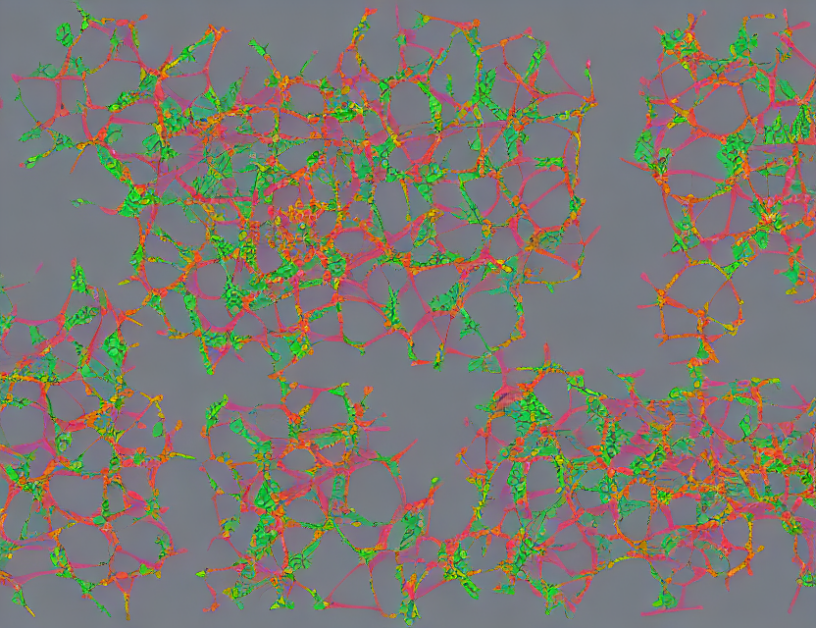Segmentation is a fundamental step in music signal analysis, which involves dividing a song into distinct sections based on various features such as melody, rhythm, and harmony. In this article, we will explore three popular segmentation techniques used in the field of music signal analysis: time-frequency analysis, kernel-based methods, and barwise self-similarity matrix.
- Time-Frequency Analysis
Imagine you are a chef preparing a complex dish. Just as a dish has different ingredients, a song has various musical elements such as melody, rhythm, and harmony. Time-frequency analysis is like having a magic wand that helps identify these ingredients in the song. This technique allows you to visualize the frequency content of a signal over time, providing insights into the different components of the music. - Kernel-Based Methods
Now imagine you are an artist creating a painting with various colors and shapes. Just as an artist uses brushstrokes to create a beautiful picture, kernel-based methods use mathematical functions called kernels to identify patterns in the music signal. These kernels are like different brushes that help highlight specific features of the music, such as the rhythm or melody. By combining these kernels, you can create a more detailed and accurate picture of the music. - Barwise Self-Similarity Matrix
Think of a barcode on an item in a supermarket. Just as a barcode has unique patterns that identify the item, a self-similarity matrix has unique patterns that identify similarities between different parts of a song. In this technique, the self-similarity matrix is created by comparing every section of a song to its neighbors and identifying similarities based on melody, rhythm, and harmony. By analyzing these similarities, you can group related sections of the music together, creating a more organized and structured understanding of the song.
Conclusion
In conclusion, segmentation techniques are essential for understanding the structure and organization of music signals. Time-frequency analysis provides insights into the different components of the music, kernel-based methods help highlight specific features, and barwise self-similarity matrix groups related sections together. By using these techniques, we can gain a deeper comprehension of the complex patterns and structures found in music, allowing us to better analyze and understand this art form.



